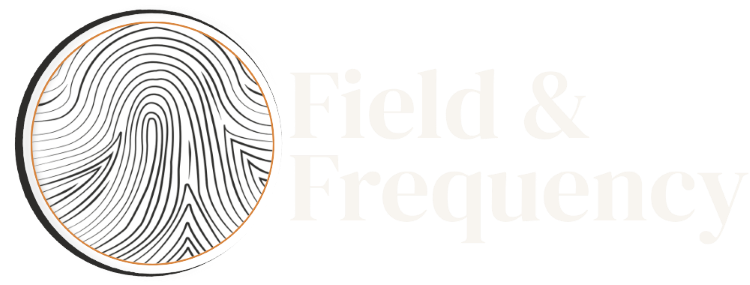22 May 2025
The Fracture: When Communication Costs You
The Problem: When Your Voice Doesn’t Match the Values
If your job requires communication (and let’s be honest, whose doesn’t?) you’ve probably faced this tension:
You’re asked to echo the company’s values. To inspire trust, promote inclusion, speak with clarity and care.
But what happens when those values look good on paper but falter in practice?
What happens when the messaging says belonging, but the culture still centers sameness? When the town hall says transparency, but you’re not allowed to name the real issue?
Whether you’re a leader, a manager, a department head, or a communicator and if you’ve ever had to soften a message to make it "fit," you’ve felt it: The fracture between what’s said and what’s lived.
The Toll: The Silent Cost of Performing Alignment
That fracture doesn’t just affect the audience. It affects you.
It starts with edits. Then self-edits. Then you find yourself polishing things you used to question.
You nod in meetings when you want to speak up.
You write around the truth instead of into it.
You feel your own values start to blur at the edges just to stay in the room.
This isn’t drama. It’s erosion. And it’s one of the least talked-about forms of burnout: Having to communicate a message that no longer reflects who you are.
The Realignment: What to Do When the Message Feels Off
The goal isn’t to rebel, it’s to realign. To make space for truth in systems that often avoid it.
Here’s how:
→ Name the Gap (even quietly). Notice the moments where the message doesn’t match the mission. Even privately. Awareness is the first repair.
→ Reclaim your integrity in small ways. A clearer sentence. A real question. A refusal to overstate. These micro-moves matter.
→ Hold space for nuance. If you’re in leadership: invite real talk. Make room for discomfort. Don’t just communicate what’s polished, communicate what’s real.
→ Reframe professionalism. Professionalism isn’t just delivery. It’s discernment. It’s knowing when to push, when to pause, and when the silence is doing harm.
→ Watch for when the cost gets too high. If the message asks you to erase who you are or what you believe, it’s no longer strategy. It’s self-betrayal.
The Takeaway:
This isn’t just a communications problem. It’s a culture problem.
And anyone who’s asked to carry the voice of an organization, whether in writing, speech, or leadership, needs to know this:
You can’t build trust on language that’s afraid of truth. You can’t build clarity through performance. And you can’t lead well if you're always translating someone else’s denial.
If you’ve felt the fracture, you’re not alone. You’re not broken. You’re just finally hearing the signal.
Coming up in The Signal: Transparency in communication. Not just about telling the truth—but how we tell it.
We’ll explore:
The line between clarity and oversharing
Why “being transparent” isn’t the same as dumping everything at once
And how thoughtful communication builds trust without hiding behind spin
Because transparency isn’t just about being open, It’s about being intentional.

